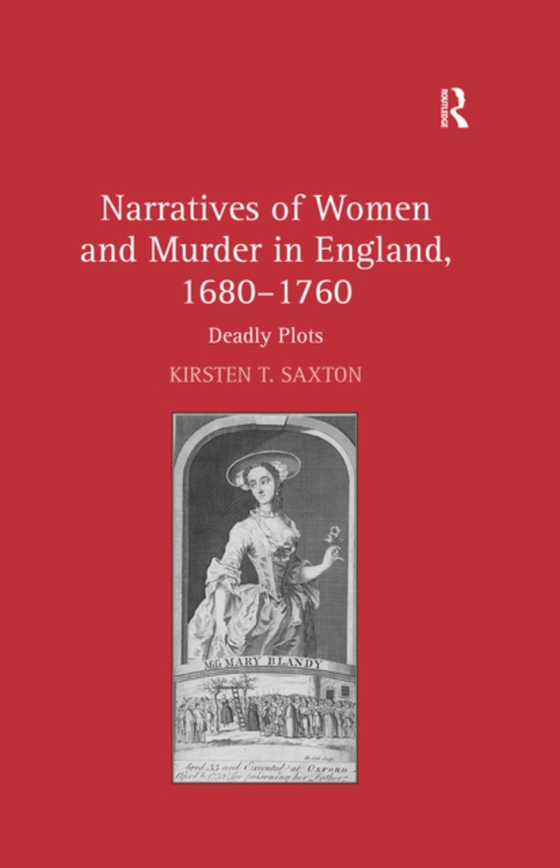
Narratives of Women and Murder in England, 1680-1760 e-bog
436,85 DKK
(inkl. moms 546,06 DKK)
Arguing that the female criminal subject was central to the rise of the British novel, Kirsten T. Saxton provides fresh and convincing insights into the deeply complex ways in which categories of criminality, gender, and fiction intersected in the long eighteenth century. She offers the figure of the murderess as evidence of the constitutive relationship between eighteenth-century legal and fic...
E-bog
436,85 DKK
Forlag
Routledge
Udgivet
15 maj 2017
Længde
162 sider
Genrer
Literature: history and criticism
Sprog
English
Format
pdf
Beskyttelse
LCP
ISBN
9781317090229
Arguing that the female criminal subject was central to the rise of the British novel, Kirsten T. Saxton provides fresh and convincing insights into the deeply complex ways in which categories of criminality, gender, and fiction intersected in the long eighteenth century. She offers the figure of the murderess as evidence of the constitutive relationship between eighteenth-century legal and fictional texts, comparing non-fiction representations of homicidal women in biographies of Newgate Ordinaries and in trial reports with those in the early novels of Aphra Behn, Delariviere Manley, Daniel Defoe, and Henry Fielding. As Saxton demonstrates that legal narratives informed the budding genre of the novel and fictional texts shaped the development of legal narratives, her study of deadly plots becomes a feminist intervention in scholarship on the literature of crime that simultaneously insists on the centrality of crime literature in feminist histories of the novel. Her epilogue shows that more than two centuries later, we still contend with displays of female violence that defy and define our notions of textual and sexual license and continue to shape legal and literary mandates, even as the lines between the real and the fictive remain blurred.
 Dansk
Dansk

